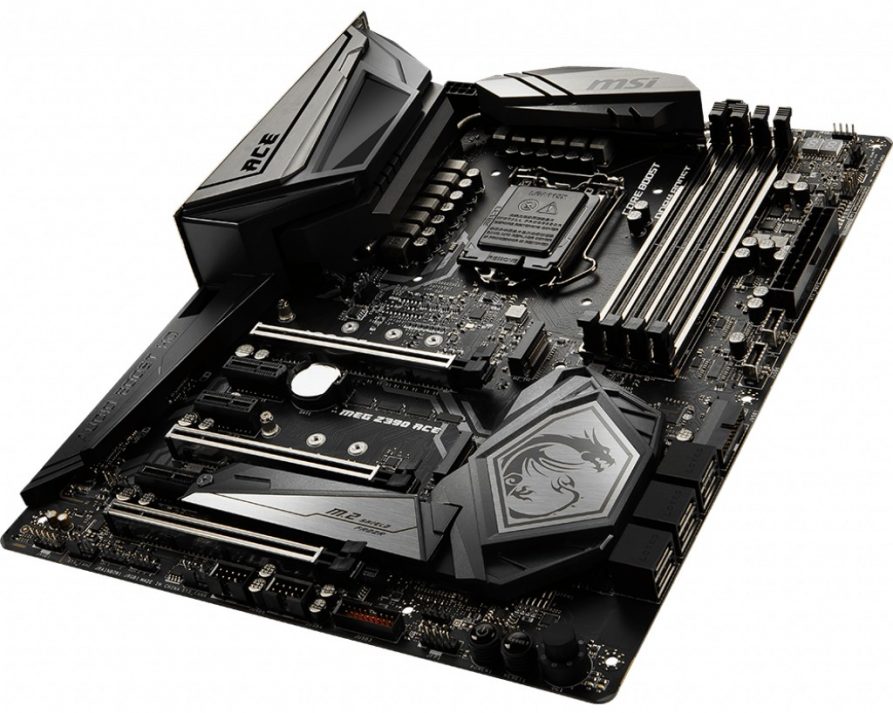Summary
Let us now turn to the summary. Anyone who looks at this week’s 265 Euro minimum entry price will surely understand why I found AMD’s new X570 platform so interesting. Until now, it has been the case that smart AMD motherboards have been significantly cheaper than Intel’s counterparts. Let’s hope that this stays the same, because at the latest via the substructure, the new Ryzen-PC could make Intel’s ninth generation obsolete, if it doesn’t happen already via performance and CPU price.
This is precisely why the test of Intel’s current lead platform in the consumer sector was a good opportunity, because it will also be a kind of inventory and can serve as a nice comparison to AMD’s new platform. And at this point I have to go into the individual features of the board, which have nothing to do with chipsets and architectural limitations.
When I buy such an expensive board, I also expect a decent performance at the analog output. Using an ALC 1220 in this price range as a headphone amplifier is certainly very sporty, but also completely next to the track. With less than 4 mW RMS per channel at 32 ohms, the otherwise good performance of the ALC 1220 is not fair. Here, a simple op-amp stage would have been completely sufficient to provide proper power even at the analog output. Probably the one who owns a USB headset or an external KHV.
The cooling on the motherboard is ok, although I think the meaning of the heatpipe is really questioning. Because a delta of up to 40 °C between the Smart Power Stages to be cooled and the cooling block, as well as a difference of only one degree between the heatpipe and the cooling block surface, also give me technical puzzles. If you add up the chain of heat resistances, then something is wrong. Either the heatpipe has only been flanged in the cooler or the part is not a real heatpipe, but only a hollow tube. I tend to tend to the latter.
Conclusion
You could find this motherboard really good if you don’t want to connect analog headphones directly and don’t want to beat an Intel Core i9-9900K to the limit, but just want to operate out of the box. The board is then thermally stable, allows the 4 GHz to be loosely used with four benches and is otherwise quite crash-proof. A fixed and tidy BIOS does the rest. The application performance is good and there were no failures.
Thus, the board, together with all sorts of additional features and a colorful but not overly intrusive RGB LED splendor, is not a bad offer per se, if it were not for the few negligences, which only become noticeable on closer measurement. Those who do not measure the output power and voltages at the analog audio output will be amazed at the lack of level strength and performance at all, and who are looking elsewhere, just not clinging to the motherboard design. But, you have to write about Realtek’s honor rescue, it’s not the ALC 1220. As a manufacturer, you know perfectly well that he can’t do that.
With a separate headphone amplifier, the world is back in order, after all. That’s why this test is anything but a rip-off. But also no hymn of praise. The board has at least character, albeit a slightly divisive one. Even such a thing can be left as a realization and final word.
































Kommentieren